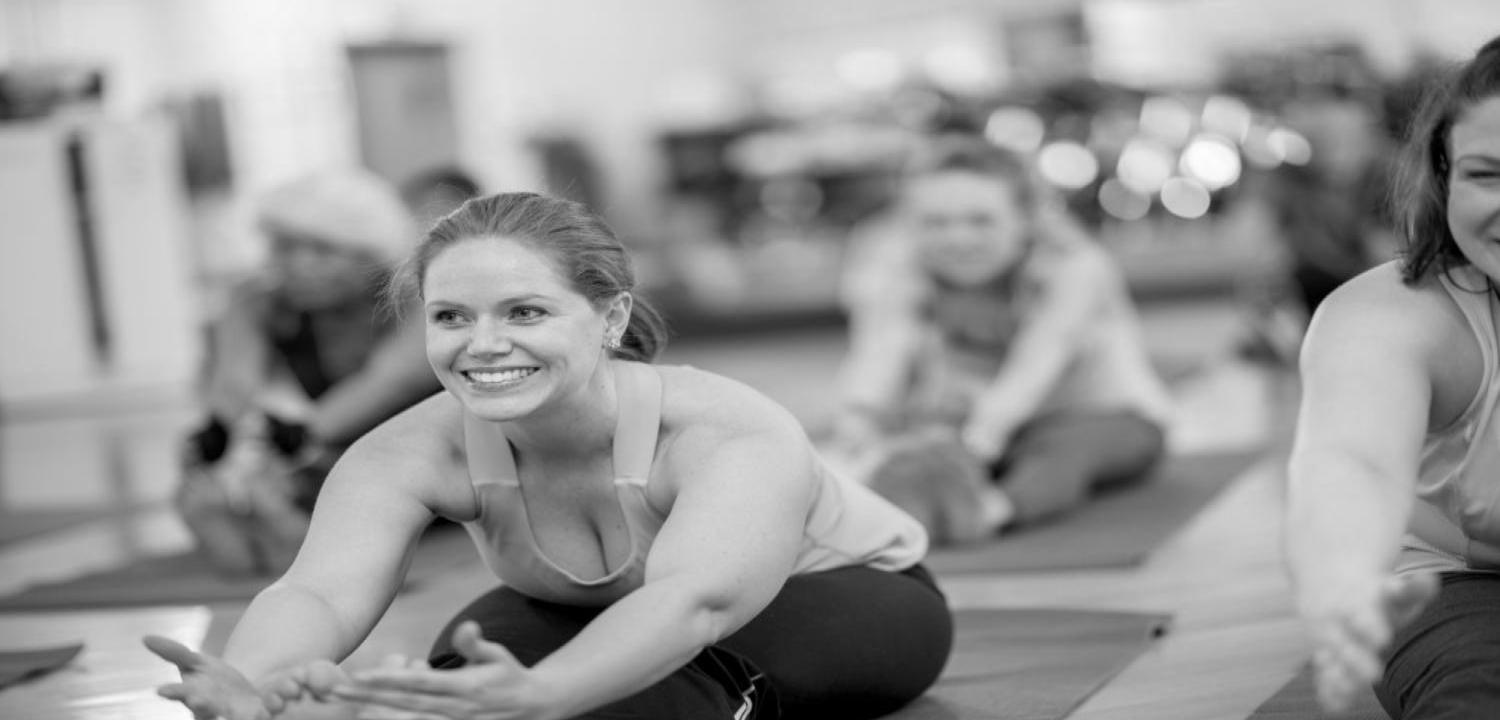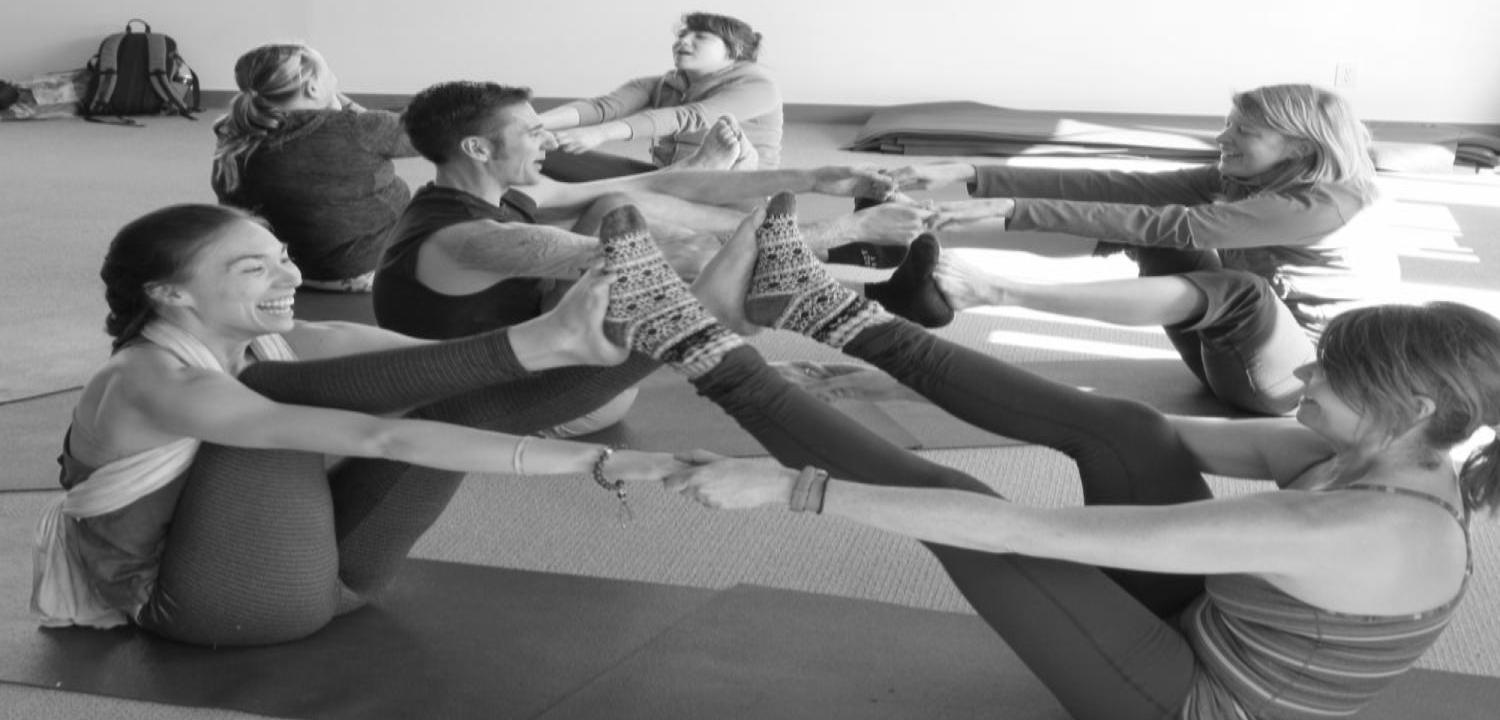Become A Yoga Teacher Starting At Only $2295.
 The Reality of Undergoing Yoga Teacher Training
The Reality of Undergoing Yoga Teacher Training
Embarking on Yoga Teacher Training (YTT) is a transformative journey, both enlightening and challenging. It deepens your practice and knowledge, pushing you beyond mere poses. But what truly happens during YTT? This blog explores the intricate reality of this training.
Discovering the Depths of Asana
Yoga is not just about physical postures; it’s an exploration of limits and capabilities. In YTT, asana practice intensifies, revealing new layers of physical and mental endurance. Trainees often start with familiar poses like Downward Dog and Warrior II. Yet, as training progresses, they delve into more complex asanas like Bakasana (Crane Pose) or Sirsasana (Headstand).
Each session tests flexibility, strength, and balance. Instructors emphasize alignment and the subtle dynamics of each posture. This rigorous practice often leads to breakthroughs, not only in yoga but in personal growth.
Injury prevention becomes a key lesson. Trainees learn to listen to their bodies, recognizing the difference between beneficial discomfort and harmful pain. This awareness is crucial, as it helps avoid long-term injuries, ensuring a sustainable practice.
The Philosophy and Ethics of Yoga
Yoga is more than physical exercise; it’s steeped in rich philosophy. YTT provides a deep dive into ancient texts like the Yoga Sutras of Patanjali and the Bhagavad Gita. Understanding these texts brings insights into the ethical practice of yoga, including the yamas and niyamas.
Discussions often revolve around non-violence (ahimsa) and truthfulness (satya). Trainees learn how these principles apply both on and off the mat. They explore how yoga philosophy can influence lifestyle choices and interactions with others.
Teaching ethics is also a major component. Future instructors learn to create safe, inclusive spaces for all students. They are taught to respect boundaries and maintain professionalism, crucial for building trust and credibility in their future classes.
Anatomy and Physiology in Yoga
Understanding the human body is crucial for safe and effective yoga teaching. YTT covers extensive anatomy and physiology, linking it directly to yoga practice. Trainees learn about muscles, bones, and joints in relation to yoga poses.
This knowledge helps in crafting sequences that enhance flexibility, strength, and relaxation while minimizing the risk of injury. For instance, knowing the role of the psoas muscle in backbends or the impact of the rotator cuff muscles in arm balances is invaluable.
Such detailed anatomical knowledge empowers trainees to assist their future students better. They become capable of adjusting poses to fit individual needs, accommodating injuries, and enhancing the overall yoga experience.
The Art of Sequencing and Adjustments
Sequencing is an art that balances creativity with understanding. Effective yoga sequences flow smoothly, guiding students through a satisfying and safe practice. Trainees learn to sequence classes based on themes, goals, or specific anatomical focuses.
Adjustments are another critical skill learned in YTT. Trainees practice giving gentle, informed adjustments to help students align better in poses. This hands-on learning is essential, as proper adjustments can deepen a pose’s effectiveness and increase a student’s comfort and stability.
The training also covers the use of props like blocks, straps, and bolsters. These tools make yoga accessible to all, allowing adjustments for different skill levels and physical conditions.
The Transformational Journey of YTT
Yoga Teacher Training is undoubtedly transformational. It challenges trainees physically, mentally, and emotionally. Participants often emerge with not only a deeper understanding of yoga but also of themselves.
Many describe YTT as a journey of self-discovery. It fosters a sense of community and shared experience that supports personal growth. Trainees often face their vulnerabilities and learn resilience, gaining confidence not just as teachers but as individuals.
In conclusion, Yoga Teacher Training is more than learning to teach yoga; it’s about embracing the journey of growth and transformation. As trainees evolve into teachers, they carry forward the profound lessons of yoga, ready to enlighten others.
Embracing the Transformation: A YTT Conclusion
Yoga Teacher Training (YTT) is more than an educational course; it is a profound journey that reshapes one’s physical abilities, deepens philosophical understanding, and enhances emotional resilience. As trainees transform into teachers, they not only carry forward the detailed technical knowledge and the subtleties of adjustments and sequencing but also embody the deeper ethical practices and philosophical teachings that define yoga as a way of life.
This training paves the way for a lifelong journey of learning and self-discovery. Graduates emerge with a new perspective, equipped to spread the wisdom of yoga and positively influence the lives of others. Embracing the transformation experienced through YTT allows new instructors to step forward with confidence, ready to contribute to the global yoga community with integrity and passion.






